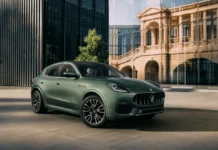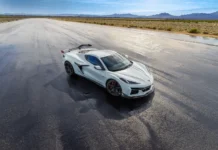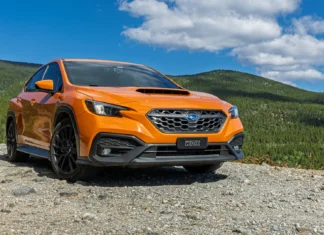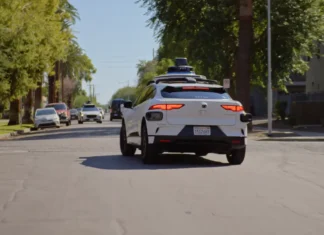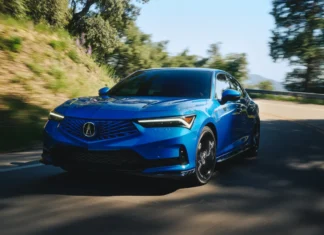
A new electric car marks the possible resurgence of an old luxury brand.
If you haven’t heard of Hispano Suiza before, you’re certainly not alone. Unless you’re well versed in Spanish car marques, it may seem like this name came completely out of left field. Hispano Suiza is actually an old, pre-war car company, but has mainly existed as an aerospace firm since the Second World War. Now, though, they’re making a comeback with this electric car: the Carmen.
While the original company built gasoline-powered luxury cars, Hispano Suiza bills the Carmen as a “hyperlux” grand tourer. They revealed this teaser ahead of the 2019 Geneva Motor Show, displaying wide rear haunches and a teardrop shape from the center of the car back. Hispano Suiza says the car was inspired mainly by the 1938 Dubonnet Xenia, a car commissioned by French flying ace André Dubonnet. Aerodynamically, that teardrop shape results in a low drag coefficient of 0.325. In other words, it’s more aerodynamic than a Porsche 918 Spyder or the Ferrari F12 Berlinetta.
Performance
Far from the gasoline engines of old, the Hispano Suiza Carmen powers itself using two permanent-magnet 375 kW motors. The torque from each motor is controlled using a torque vectoring system developed by Spanish electric mobility firm QEV Technologies. Together, the motors produce 750 kW, or just over 1,000 horsepower. Hispano Suiza claims a curb weight of 3,725 pounds and a 0-60 time under three seconds. Its top speed is electronically limited to 155 mph.
The Hispano Suiza Carmen packs an 80 kWh battery pack in this concept form. However, the company aims to use more energy-dense batteries within the next few years. If that happens, the production car may have a 105 kWh capacity. The company is targeting a 400 kilometer range (248 miles). The battery pack comprises 700 cells, and is compatible with 80 kW fast chargers.
Not only is Hispano Suiza promising 1,000 horsepower and 248 miles of range, but also responsive handling. The car sites on a carbon fiber monocoque chassis, which drastically reduces weight and improves stiffness. The company fitted double wishbone suspension front and rear, as well as adaptive dampers and roll stiffness distribution technologies to improve handling while also delivering a comfortable ride.
Plans after Geneva
The Hispano Suiza Carmen will head to the Geneva Motor Show next week. Beyond that, the company plans to develop the car further in Spain, including track testing and shakedowns in the Pyrenees mountains and the roads in the south of Spain. They’re anticipating a six-month development period, but have not mentioned a potential on sale date.
If this car does come to fruition, don’t expect it to come cheaply. With the battery technology and all that carbon fiber, we’d expect it to ring in at several hundred thousand dollars, if not more.
For now, though, it’s an interesting modern interpretation on an old Spanish marque. We’ll provide updates as this car inches closer to production.


